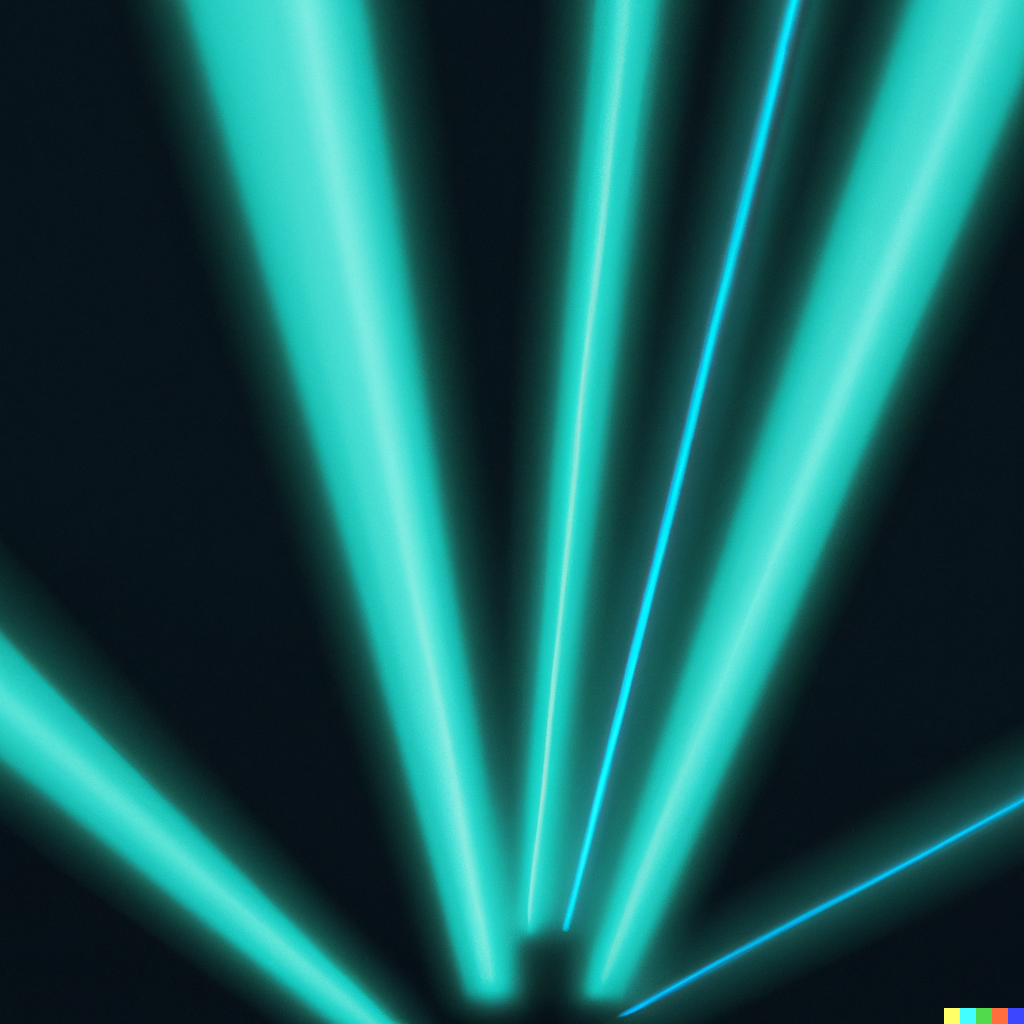Far-UVC Light will Revolutionize Indoor Air and Surface Treatment
Although Coronavirus numbers have lessened this year, SARS-CoV-2 continues to take the lives of approximately 500 American lives, daily. We all know that the Coronavirus is widely spread, particularly in the winter, and everyone's life has been affected. If we are to continue to live with Covid for some time in the future, dealing with the spread of the virus indoors has become the most relevant issue.
Coronaviruses can be spread by droplets and aerosols, which means that in some crowded and relatively poorly ventilated environments, the virus is more likely to cause widespread transmission. However, recent studies have shown that Far UV-C technology can kill the virus more effectively, giving you a safer indoor environment.
What is Far UV?
Far UV-C is scientifically defined as electromagnetic radiation with wavelengths between 200 and 230 nm and in particular has been demonstrated to be fairly powerful in neutralizing airborne viruses while posing little risk of harming your skin or eye tissues. The krypton chloride excimer (KrCl*) lamp is the most widely used source of far UV-C radiation. Since KrCl* lamps produce little ozone, it is simple to manage indoor ozone levels from these systems using standard ventilation systems. With the help of these qualities, Far UV-C devices may be utilized in populated environments, resulting in increased efficacy for inactivating airborne viruses, such as SARS-Cov-2.
Far UV is the future of indoor air treatment/air disinfection
Some researchers employed an office-like chamber the size of a room to evaluate the rate of airborne viral inactivation. Three air changes per hour were made as part of the ventilation to mimic a typical office setting. Aerosols of Staphylococcus aureus were released into the space simultaneously until a constant concentration was attained. This procedure took around an hour. Then, five far UV-C lamps were activated from above lighting with their emission pointed downward. The inactivation of airborne bacterial particles decreased by 98% in five minutes. By installing far UV-C products in large indoor places such as shopping malls, schools and hospitals, indoor air quality can be effectively managed, and indoor bacterial and viral infections can be controlled.
Far UV technology can help prevent lockdowns along with helping prevent the next pandemic
The effectiveness of far-UVC light in combating airborne SARS-CoV-2 is being investigated in a separate current investigation. According to preliminary evidence, far-UVC light is equally efficient at destroying SARS-CoV-2. Since far-UVC radiation doesn't actually distinguish between different coronavirus varieties, the study leader David Brenner explained that they expected it would kill SARS-Cov2 in precisely the same manner.
The fact that viruses cannot evolve under Far UV-C as they normally would if they were initially introduced into your body is a significant benefit of adopting this light technology. Current and upcoming SARS-CoV-2 variants are not an exception to inactivation, according to Eadie et al. Another benefit of Far-UVC is that, unlike air cleaners or UV-G, it may not need to be mixed with fresh air in order to function
Far UV is safe for humans to be in close contact with
Scientists at the Columbia University Irving Medical Center have been experimenting with a distinct type of ultraviolet light known as Far-UVC to get around the effects of germicidal UV light. Due to its lower wavelength (200–230 nm), this light is less able to penetrate human skin yet still being effective against tiny virus airborne particles.
It is known that the stratum corneum, your skin's outermost layer, substantially attenuates UV-C radiation, ensuring that very little of it reaches the epidermis' germinal basal layer, where DNA alterations might potentially lead to skin cancer. Far UV-C radiation is not a cancer danger since it is so thoroughly absorbed by the stratum corneum. As a result, very little of this radiation even reaches the epidermis' surface layers and virtually none reaches the deeper basal layer. Same for your eyes, the corneal epithelium of the eye does not significantly allow far UV-C radiation to get through, protecting the eye's germinative cells from exposure.
Considering these traits together, it is possible that Far UV-C radiation may open up new potential for UV-based disinfection system applications. In particular, it seems that it could be feasible to use Far UV-C radiation in systems that allow more human tissues to be exposed to the output from these UV devices than with regular UV-C systems. The use of UV-C radiation for the disinfection of surfaces and the air may be fundamentally altered as a result of this, and our life can be benefited from this revolution. If you are interested in this and want to see more, please visit our bio-store for more information: https://covspect.com/bio-store
Written by Pathologist, Yuqi "Christy" Ouyang BMedSci
222nm far-uvc light for sale - https://covspect.com/bio-store/sterilray



